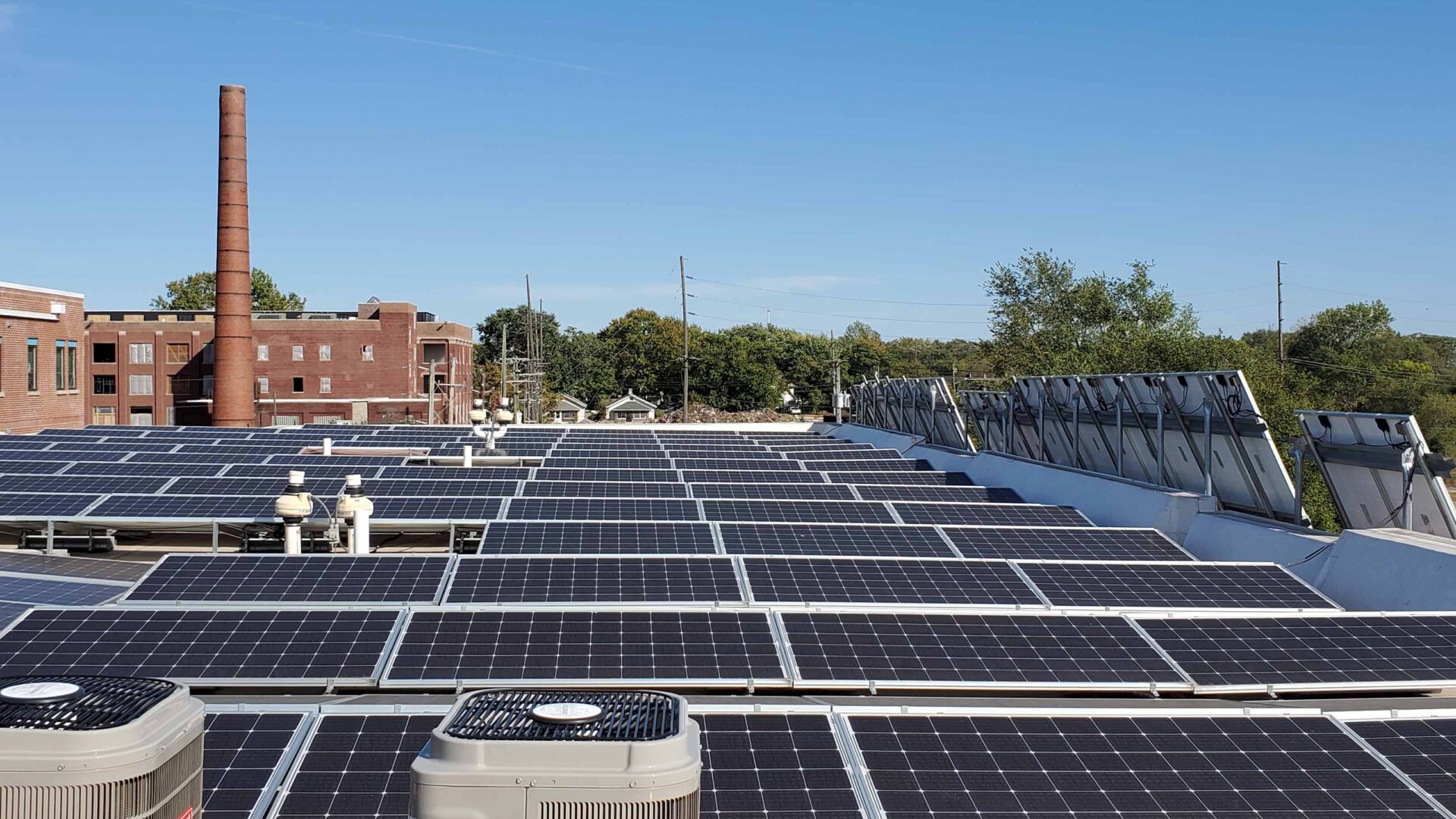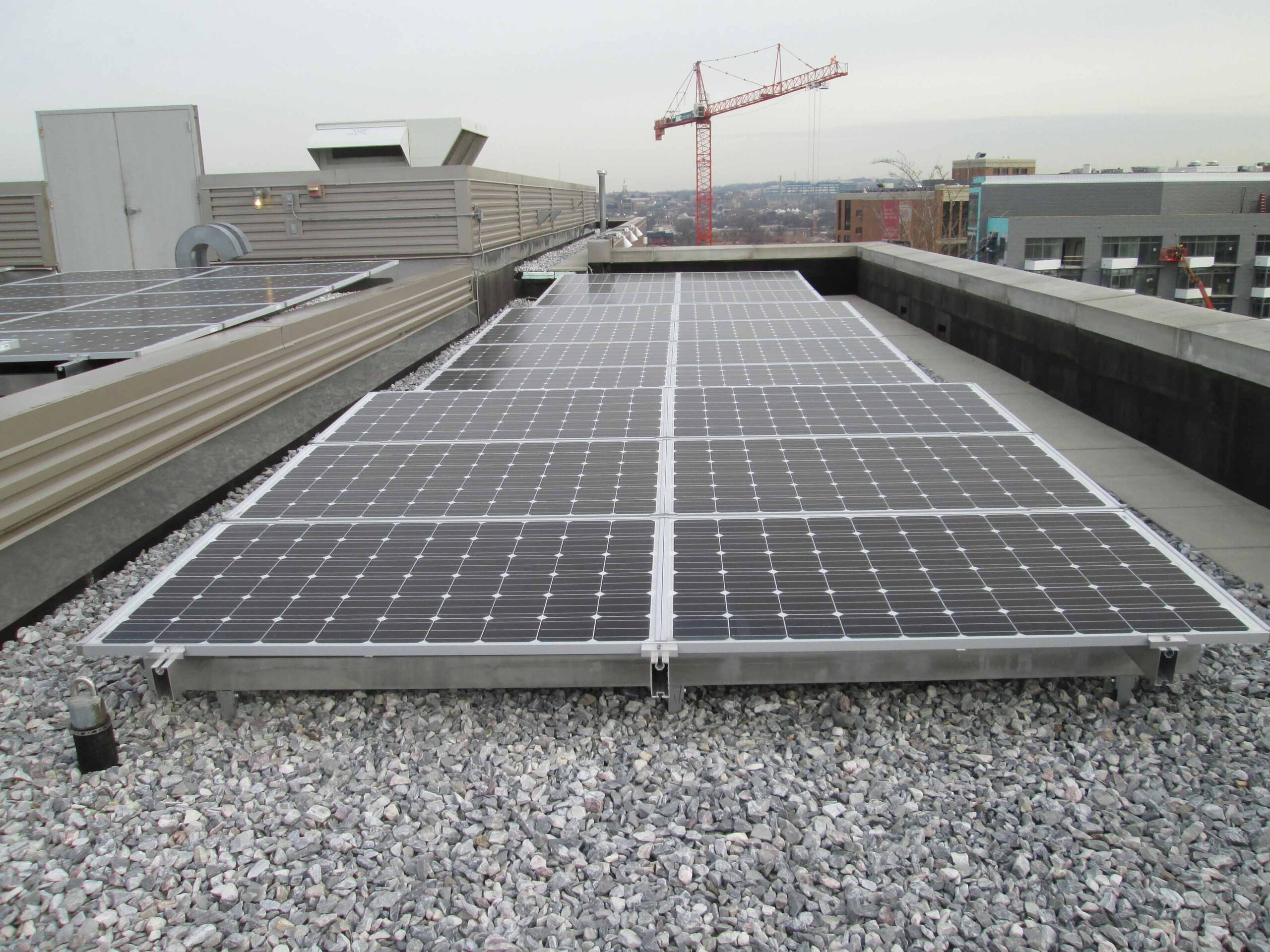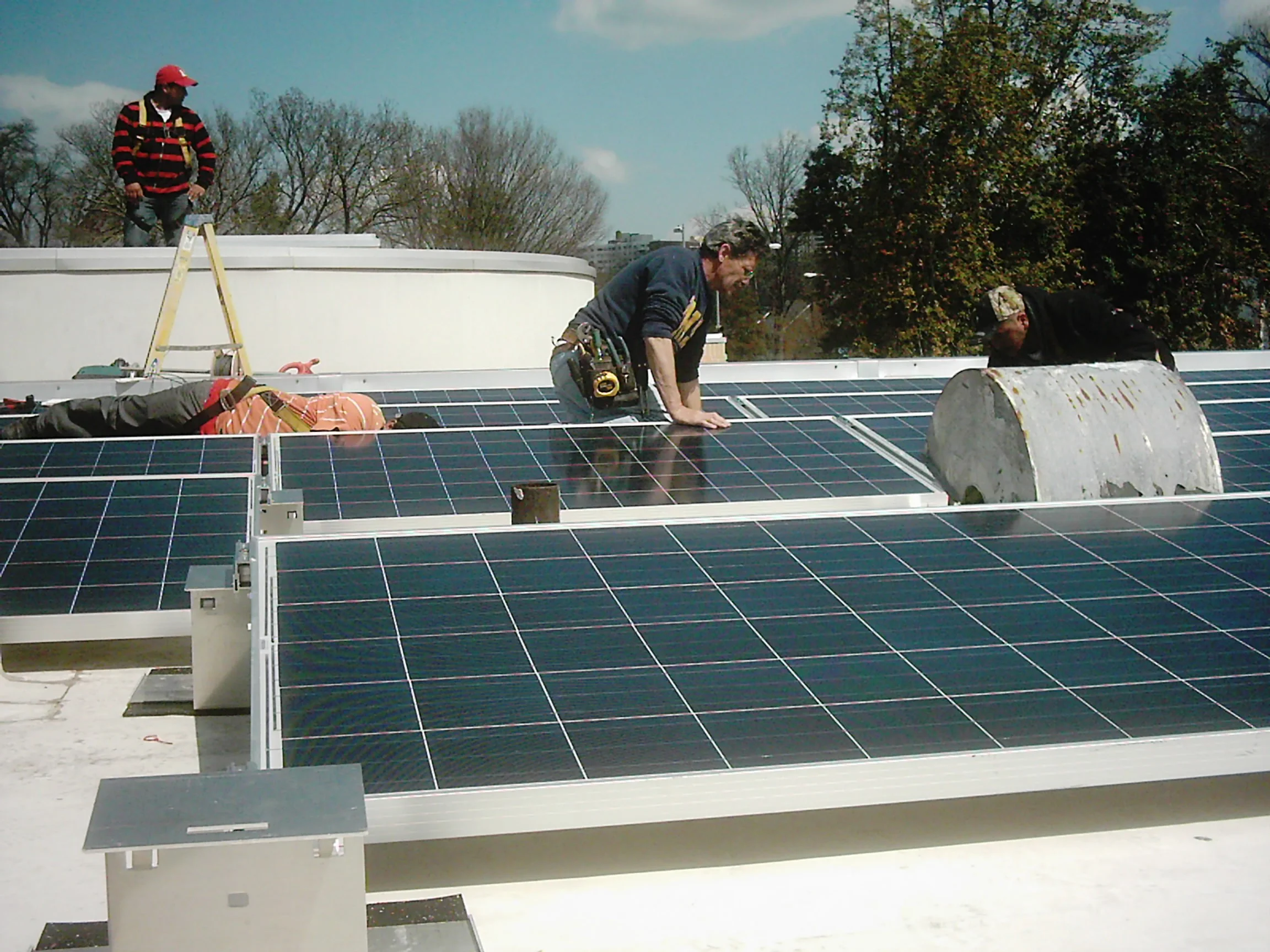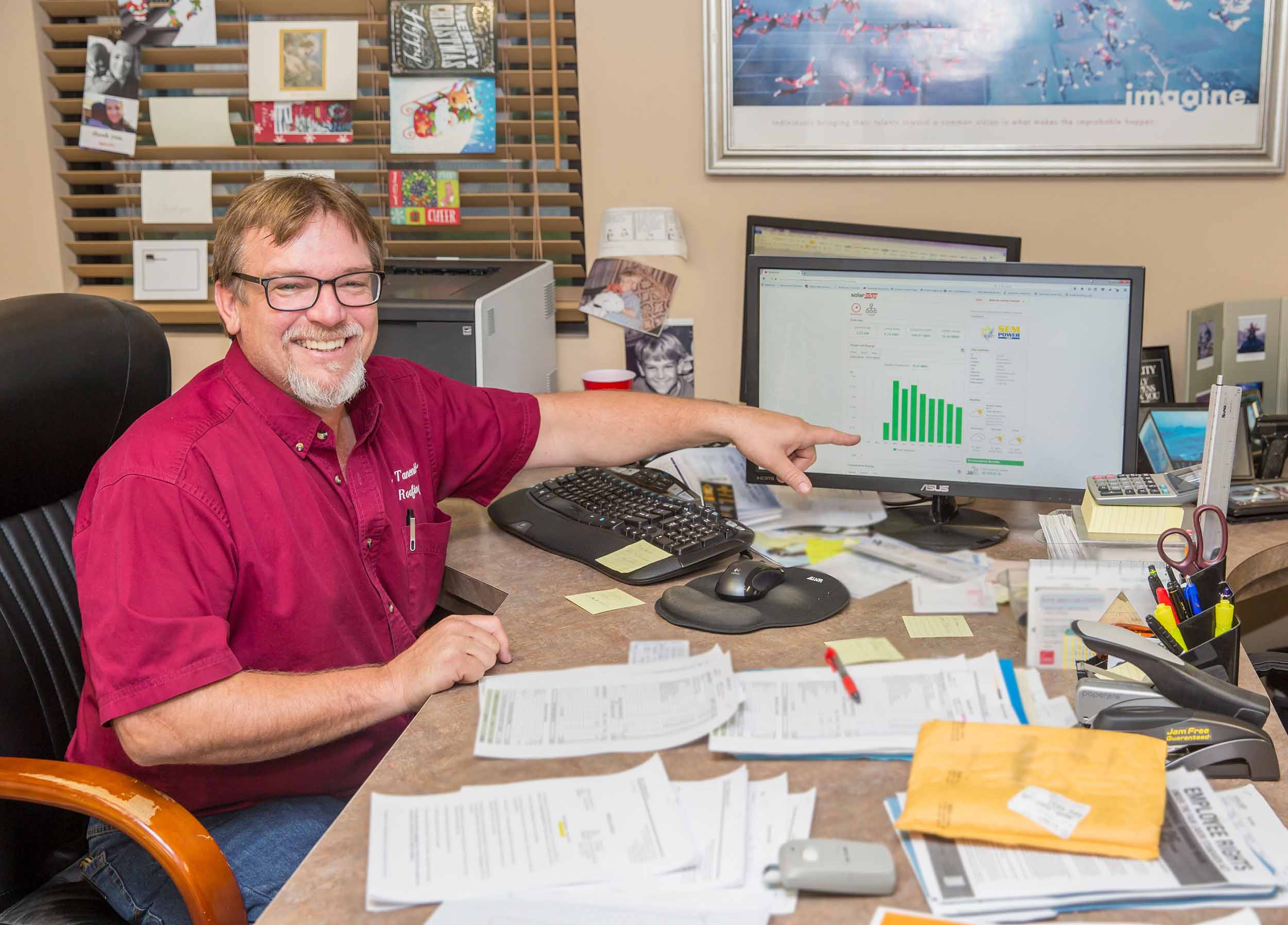Solar for condos and multi-family buildings
- Factsheet

Going solar
Condos and multi-family buildings can pay for their solar system two ways:
1. Direct ownership
Direct ownership means the building owner will purchase the system for their property and own all electrical output. Direct ownership of a system makes sense if you have cash up front, access to financing, or wish to keep incentives like the federal tax credit or Solar Renewable Energy Credits (SRECs).
With the passing of the Inflation Reduction Act of 2022, associations with non-profit tax-exempt status can also take advantage of the federal tax credit through a direct pay option.
2. Third-party ownership (depending on state)
Under third-party ownership, a separate entity, such as a solar developer or a group of community investors, owns and operates the solar system on behalf of the organization. The organization then pays the third party for the monthly electricity produced by the solar system.
Many condos and multi-family buildings prefer third-party ownership because it is simpler and does not require the building to manage the federal tax credit or other incentives. Additionally, the third-party owner covers system maintenance. Third-party ownership is only available in certain states. Find out where.

Solar project models
Unlike adding solar to a single-family home, where the solar system is connected directly to one electric meter, adding solar to a multi-family building can be more complicated. This is due to the building having multiple electricity meters, shared roof space, and many decision-makers.
Solar systems can be sized to power a percentage of a building’s electricity use, offset usage in common spaces, or provide power for electric vehicle charging.
Different project types may be most appropriate for your situation depending on the type of building, system expectations, and budget. The less complex and more straight forward the project is, the more likely it is to be successful.
Potential project models include:
Project model #1: Offset common area usage
The easiest option for going solar in a condominium or multi-family building is to use the solar system to offset electricity usage in common spaces for elevators, lighting, and HVAC systems. This approach will work if the building is master metered or is separately metered with an electric meter for the common spaces.
By offsetting the electricity usage in the building’s common areas, all participants in the building benefit equally and the payments for the system can be easily rolled into the periodic assessment (such as a condo fee) or financed by the condo association.
Another option, if available, is a power purchase agreement to avoid any upfront payments. If the cost of paying for the system is less than the savings on the common area electric bill, solar can be a cash flow positive decision for a condo from day one.

Project model #2: Solar on individual units
A solar system can be connected to the electric meter of a single unit. It could also be connected to select apartments in a multi-family housing building with separately metered units. The individual unit owners will own the system and enjoy the benefits of the solar system.
The advantage of this approach is that only the individual units interested in going solar will participate in and pay for the system. This has little impact on non-participants. The downside is that only certain individual units will benefit from the solar system installed on a shared roof.
This approach may still require condo board, co-housing association, or other decision-making authority approval, especially if multiple units share the roof. It is therefore critical to be proactive in learning about the procedure or precedents for approval regarding solar and working to educate the decision-making authority about the benefits of solar.
Project model #3: Solar thermal system for hot water
Suppose your building has a central water heating system that provides hot water to all the units. In that case, another option is to install a solar thermal system to lower the costs of heating water for all the building’s residents.
A solar thermal system can be a cost-effective way to help heat your building’s hot water. It is a good option if you don’t have enough space for a large solar photovoltaic (PV) system. Learn more about solar thermal technology.
Project model #4: Community solar project (community net metering)
With this approach, individual units can get a portion of the solar system’s production credited to their electricity bills. For example, you could install a 50 kilowatt (kW) system on a roof and divide the system’s production among all units, or those that elect to participate. This would result in each unit getting proportional credit for the solar energy produced on their utility bill.
Unfortunately, this approach only works if community solar/virtual net metering legislation is in place. Learn more about community solar and whether it’s an option in your state.

Key considerations
Resources
- Condoizing solar – One woman’s research on condos with solar around the country.
Support our work.
Make a tax-deductible donation today to help more people go solar, join together, and fight for their energy rights.
Get the latest on solar straight to your inbox.
Fight for your solar rights.
Everyone has the right to go solar. Spread the sunshine nationwide and in your local community by taking action, joining events, and more.